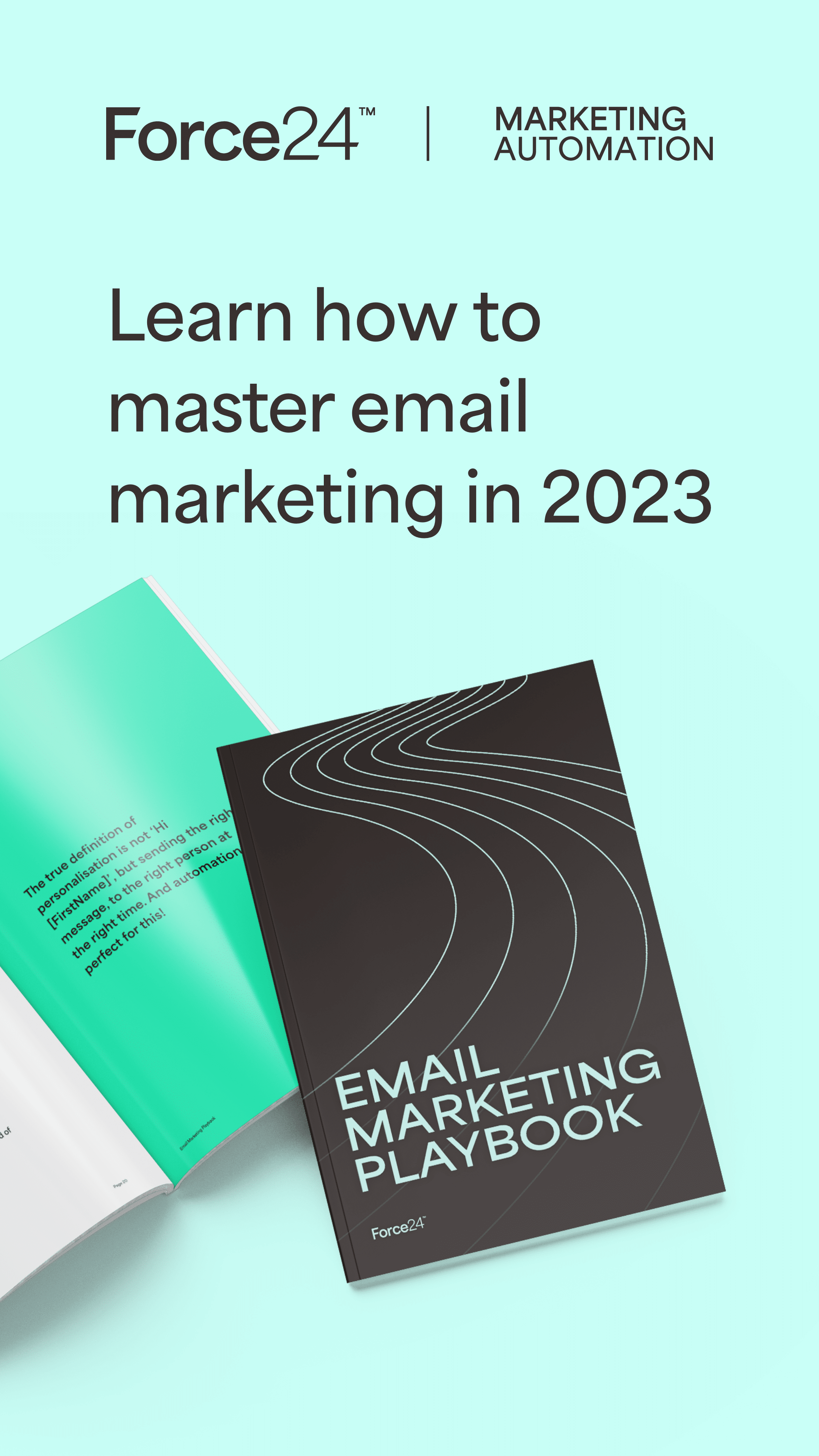What is Conversational Marketing?
Conversational marketing is a customer-centric and dialogue-driven approach to marketing
It has become the go-to strategy for driving customer engagement, improving customer experience, and growing revenue. This blog post by Kimi Tiinus from software provider Giosg tells you why…
The name conversational marketing tells a lot about the term already – but if you’re wondering how it works, why it’s so important in 2020, and where it fits in with the world of inbound, keep on reading!
Conversational marketing in a nutshell
Conversational marketing is based on one-to-one interactions in real-time across multiple channels. It enables you to foster customer relationships and improve your online customer experience by communicating and customising interactions online.
Live chat, chatbots, and messaging apps are used to enable these personalised conversations. Chatbots in particular have made conversational marketing more accessible. The two solutions are regularly grouped as the same thing, but chatbots are just a part of conversational marketing – like a goalkeeper of a football team, you wouldn’t argue that they make up the entire team.
 – Messaging most popular
– Messaging most popular
Any form of two-way communication, like phone and email, can be part of a conversational marketing strategy. Although today, messaging is the most popular way to get in touch and reach out to customers. People love to chat and want instant responses, which is part of the reason why messaging apps like WhatsApp are so popular.
The key in conversational marketing is assessing and understanding what your customers’ preferred channels are and adjusting your tone of voice accordingly – dialogue with chatbots and live chat is usually quite informal and mimics a casual conversation.
Conversational marketing VS. inbound marketing
So is there a difference between inbound and conversational marketing? Yes and no. Conversational marketing is often considered a part of an inbound marketing strategy.
Inbound is the “pull” tactic of attracting customers through the channels they prefer. Conversational marketing is, on the other hand, is the method of actually conversing with customers in these channels.
It is the way you interact with your customers by providing them with the power of when, how, and where they communicate with your business. Both are by nature customer-centric and go hand-in-hand.
Chatbots and bots in conversational marketing
As mentioned, when talking about conversational marketing people automatically think of chatbots. Rightly so, as they do play a big role in the implementation of conversational marketing as a communication channel. This is because chatbots use a conversational approach and simulate face-to-face interactions.
Today, chatbots come in all shapes and sizes with various capabilities and levels of advancement, from chatbots with AI capabilities to less advanced bots like button-based bots. In conversational marketing, chatbots are often used to automate the process of gathering data, providing information about products/services, and qualifying your leads further.
 Why is conversational marketing so important?
Why is conversational marketing so important?
So, why should conversational marketing be a part of your 2020 marketing strategy (if it isn’t already)? Conversational marketing works throughout the entire online customer journey – from a prospect looking for information about your products, to an existing customer needing support.
The beginning of the customer journey is perhaps the most critical one from a marketing standpoint. Conversational marketing works by attracting new customers, and more specifically in lead generation. Naturally qualified ready to buy leads are what marketers are after, so conversational marketing helps with that by converting your website visitors into qualified leads.
Shorten the sales cycle
This customer-centric approach assists customers to find the information they are looking for much quicker. Through the use of live chat and chatbots on your website or social media channels for example, you can shorten the sales cycle and move your online leads through the buyer journey faster.
Want to make your website more conversational and interactive? Check out our quick guide to interactive content.
